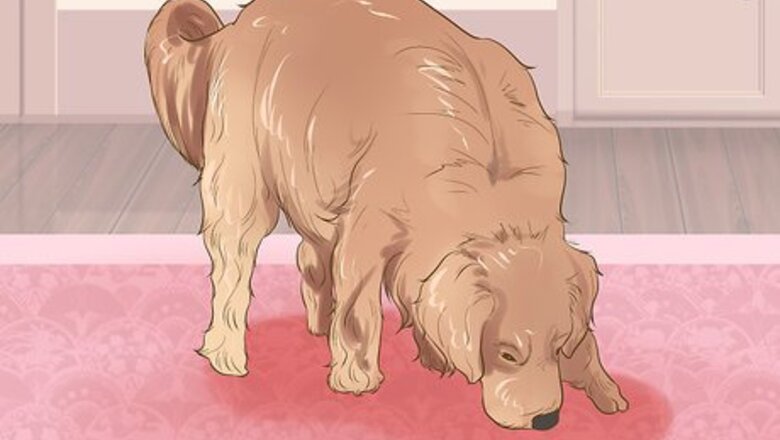
views
X
Research source
Unfortunately, these behavioral changes are not always for the better (house soiling, not recognizing familiar faces). These changes can also indicate underlying medical problems. If you notice your senior dog just isn’t acting the way it used to, take it to your vet for further examination.
Noticing Behavioral Problems at Home
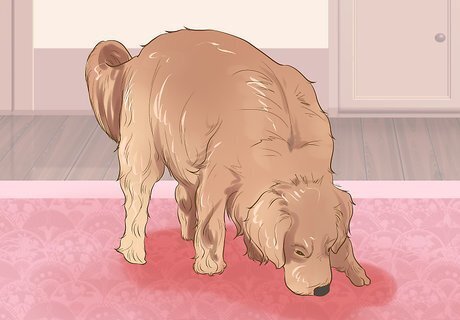
Look for signs of cognitive dysfunction. Cognitive dysfunction is another term for dementia. It occurs in senior dogs when the brain undergoes changes that cause it not to work very well. Cognitive dysfunction causes behavioral changes that may be mild at first, but worsen over time. If you see signs of cognitive dysfunction, take your dog to your vet: Disorientation: wandering aimlessly, getting lost when indoors, getting stuck in corners Changes in social interaction: not seeking attention, not greeting people House soiling: having bathroom accidents indoors, even in front of people Altered sleep/wake cycle: waking up during the night, howling during the night
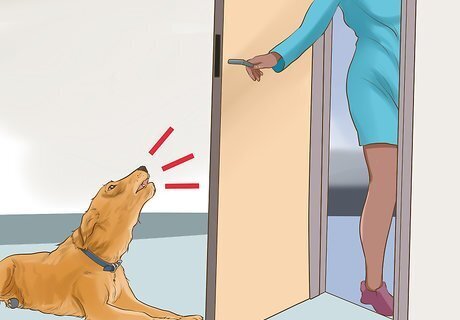
Detect separation anxiety. Senior dogs can become anxious when left alone. If your senior dog has separation anxiety, it may whine and howl, become destructive, and urinate and defecate in the house. Some dogs can become very aggressive when their owners are about to leave the house. Other dogs may pant or even hide. You may be tempted to crate your dog to prevent destruction or house soiling. However, if your dog isn’t used to being crated, this could create even more anxiety.
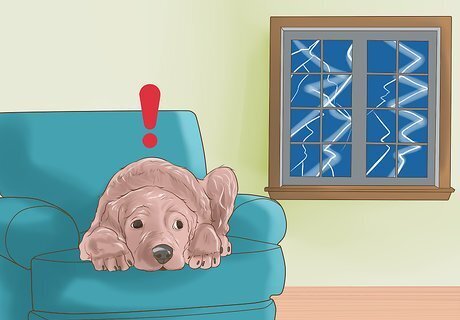
Notice if your senior dog has developed new fears. Dogs can develop fears later in life because of cognitive dysfunction, as well as sensory losses (hearing, sight, touch). For example, your senior dog may become fearful of thunderstorms or become reluctant to step on different types of surfaces. It may also fear change to its environment (new pet, new family member). If you notice your dog is afraid of something that it wasn’t afraid of before, write down what that fear is. Also, write down your dog’s reaction to that fear (hiding, whining, wanting to be closer to you).
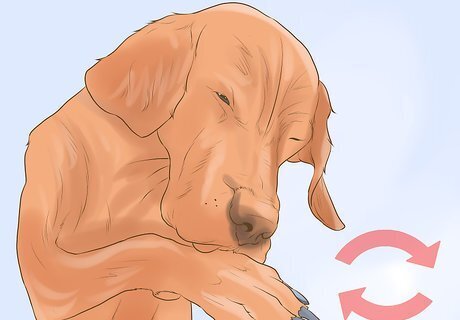
Observe repetitive behaviors. Senior dogs can begin performing repetitive behaviors. For example, a senior dog may repetitively lick certain parts of its body, repeatedly chase its tail, or suck on its flank for long periods of time. Anxiety is a common cause of repetitive behaviors in dogs.
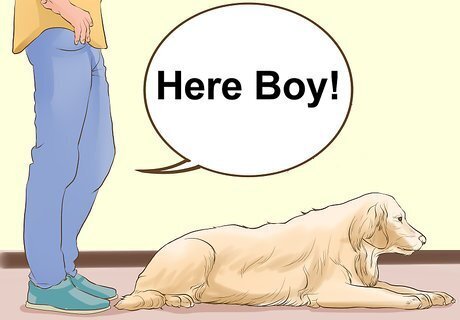
Watch how your senior dog responds to you. Just like with people, dogs can lose their hearing with age. If your senior dog can’t hear as well as it used to, it either won’t respond to you at all, or take longer to do so. If you think your dog is losing its hearing, your vet can perform various tests to determine whether your dog has hearing loss.
Getting a Veterinary Diagnosis
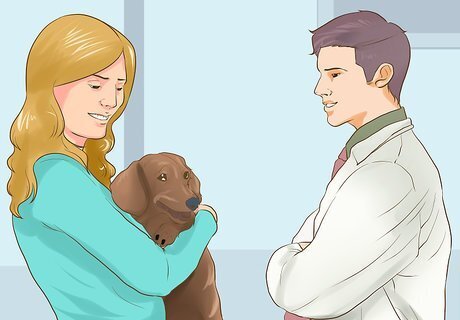
Schedule an appointment with your vet. Dealing with your dog's behavioral dysfunction can be frustrating. Before you lose your patience with your senior dog, take it to the vet. Behavioral dysfunction in senior dogs is usually due to some underlying cause, such as decreasing brain function or chronic disease. Examples of chronic diseases that can cause behavioral dysfunction are liver and kidney disease. Do not delay in taking your dog to your vet. The sooner your vet can diagnose the behavioral dysfunction, the sooner you dog can receive treatment for the problem.
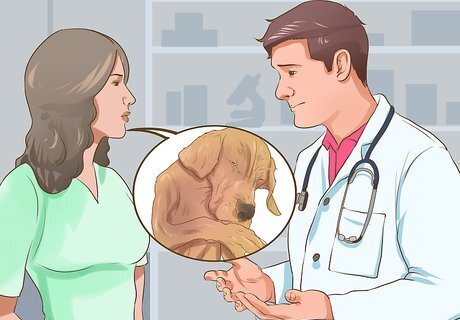
Provide a detailed history of the behavioral dysfunction. A history of your senior dog’s behavioral dysfunction will help your vet diagnose the problem. During the appointment with your vet, tell them about any behavioral changes you’ve noticed in your dog. No matter how major or minor you think the problems are, it will be important for your vet to know what’s changed about your dog’s behavior. When you give your vet the history, include when the behavioral problems started and if they have gotten worse over time.
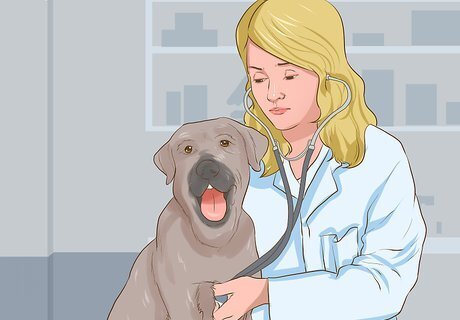
Have your vet perform a physical exam. Because behavioral dysfunction can sometimes be caused by underlying diseases, your vet will need to determine whether your senior dog has other medical problems. To do this, they will first perform a physical exam. Your vet will examine the outside of your dog’s body and listen to its heart and lungs. During the physical exam, your vet may also test your dog’s hearing and vision. Not being able to hear or see very well could affect your dog’s behavior.
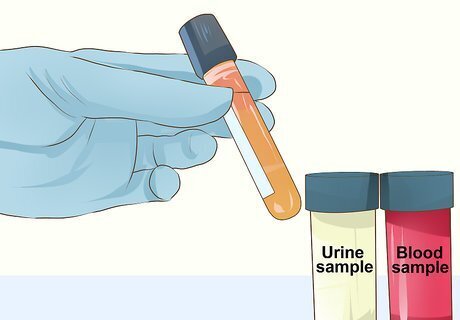
Allow your vet to take urine and blood samples. Urine and blood samples can indicate whether your dog has a medical problem. For example, kidney disease would cause abnormalities in the blood and urine. For liver disease, the blood sample would have abnormally high levels of certain liver enzymes.
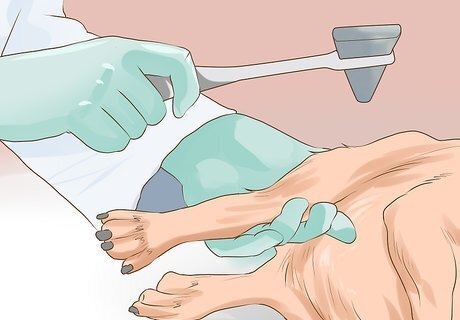
Let your vet perform a neurologic exam. A neurologic exam will allow your vet to see how your dog’s brain is functioning. It will also help your vet rule out other medical causes of the behavioral problems. Your vet will evaluate different things during the exam exam: Gait and posture: observing of how your dog walks and positions its body Mental status: observing how your dog interacts with you and your vet during the exam (alertness vs disorientation) Cranial nerve function: testing the nerves in your dog’s brain Postural reactions: determining whether your dog knows where its limbs are when not looking at them Spinal reflexes: testing the function of different nerves

Discuss whether to see an animal behaviorist. If your senior dog’s behavioral dysfunction is complex, your vet may refer you to an animal behaviorist for a more detailed behavioral examination. Based on the exam results, the behaviorist will recommend a treatment plan for your senior dog. The website http://www.aspca.org/pet-care/general-pet-care/behavioral-help-your-pet can help you locate an animal behaviorist in your area.


















Comments
0 comment